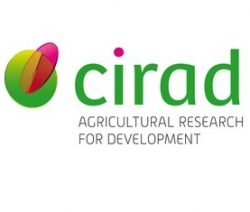CIRAD: a study on Coffee Rust
The Fondazione Ernesto Illy, together with CIRAD, have chosen the researcher, Dr. Isabelle Merle, to develop a system of preventive warning on coffee rust (Hemileia vastatrix) in Central America, as part of the PROCAGICA project (Central American Program of Gestión Integral de la Roya del Café).
The development program is subsidized by the European Union and aims to approve climate change and its environmental effects through the use and application of means of adaptation, mitigation and risk reduction.
It has been hypothesized that it is possible to predict epidemic growth by modeling different phases of fungal development, respectively provided by complex categories of micro-climatic variables that act in different periods (times and durations).
The controversial effect of shading on the disease has been illustrated as the result of antagonistic effects on the stages of colonization and sporulation, a second of the same type of shading. This analysis has also highlighted the strong interaction between rust and coffee growth.
Data from a study conducted from May 2017 to July 2018 in Costa Rica chose to identify the exchanges between the moments and the duration of the actions of micro-climatic variables on the onset of symptoms and signs.
To promote the use of the three models purchased in Central America, where the agoforestry is a common practice, simple models of estimating the microclimate used have been updated using data from meteorological stations located in full sun exposure and with particular characteristics, such as the height of the trees which allows shading and the possibility of opening the canopy.
The three predictive models assigned to predict the risk of onset are simple equations that can be used separately to predict the risks underlying different uses of disease control. These models can also be replicated within a simulator.



